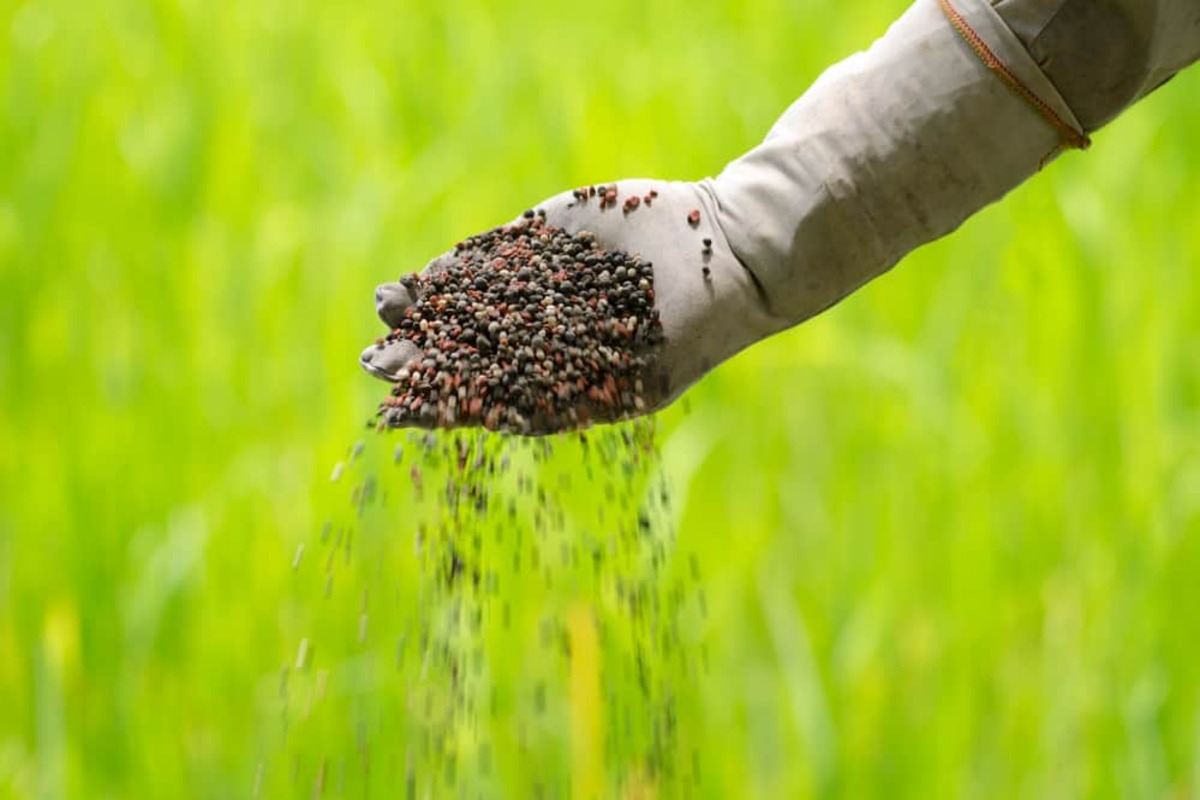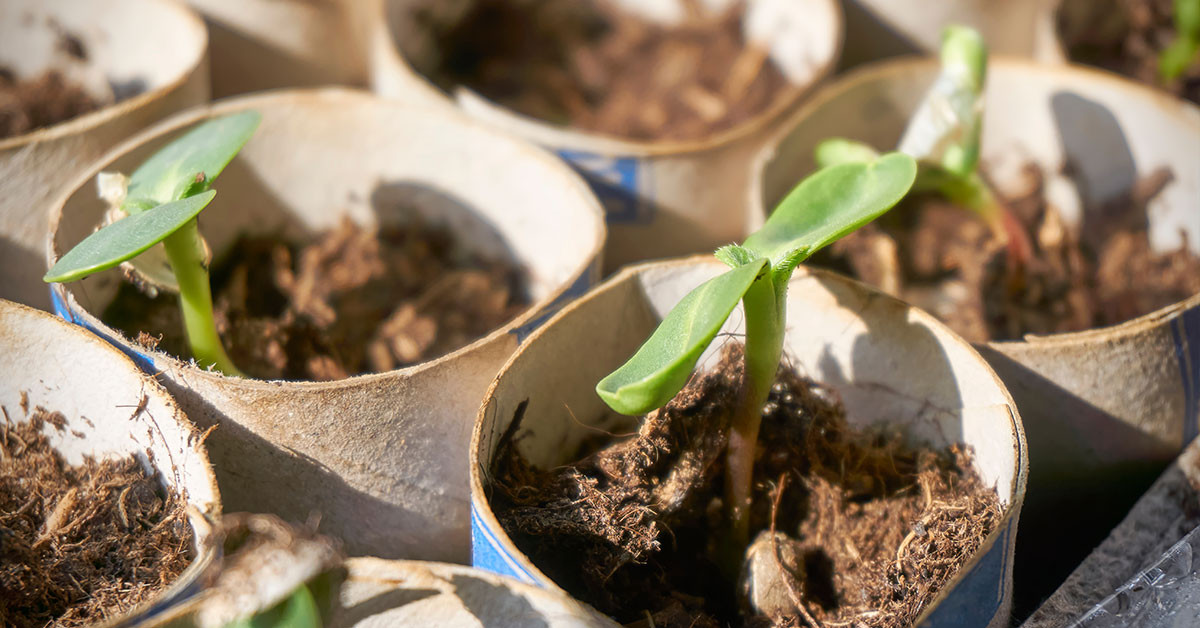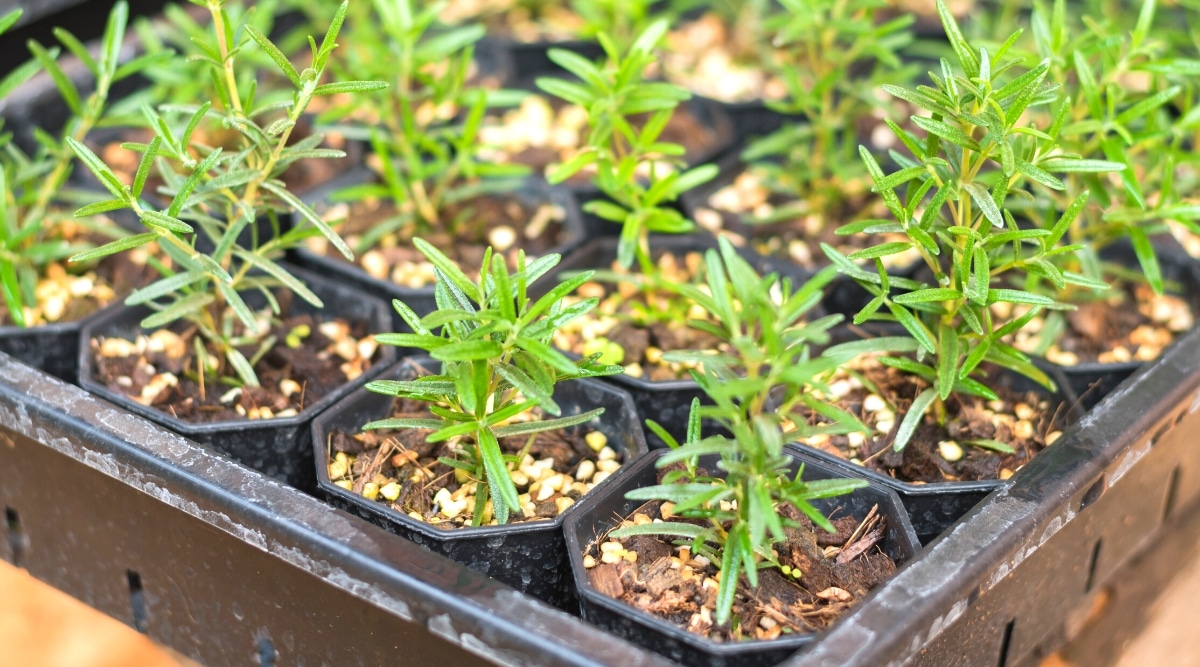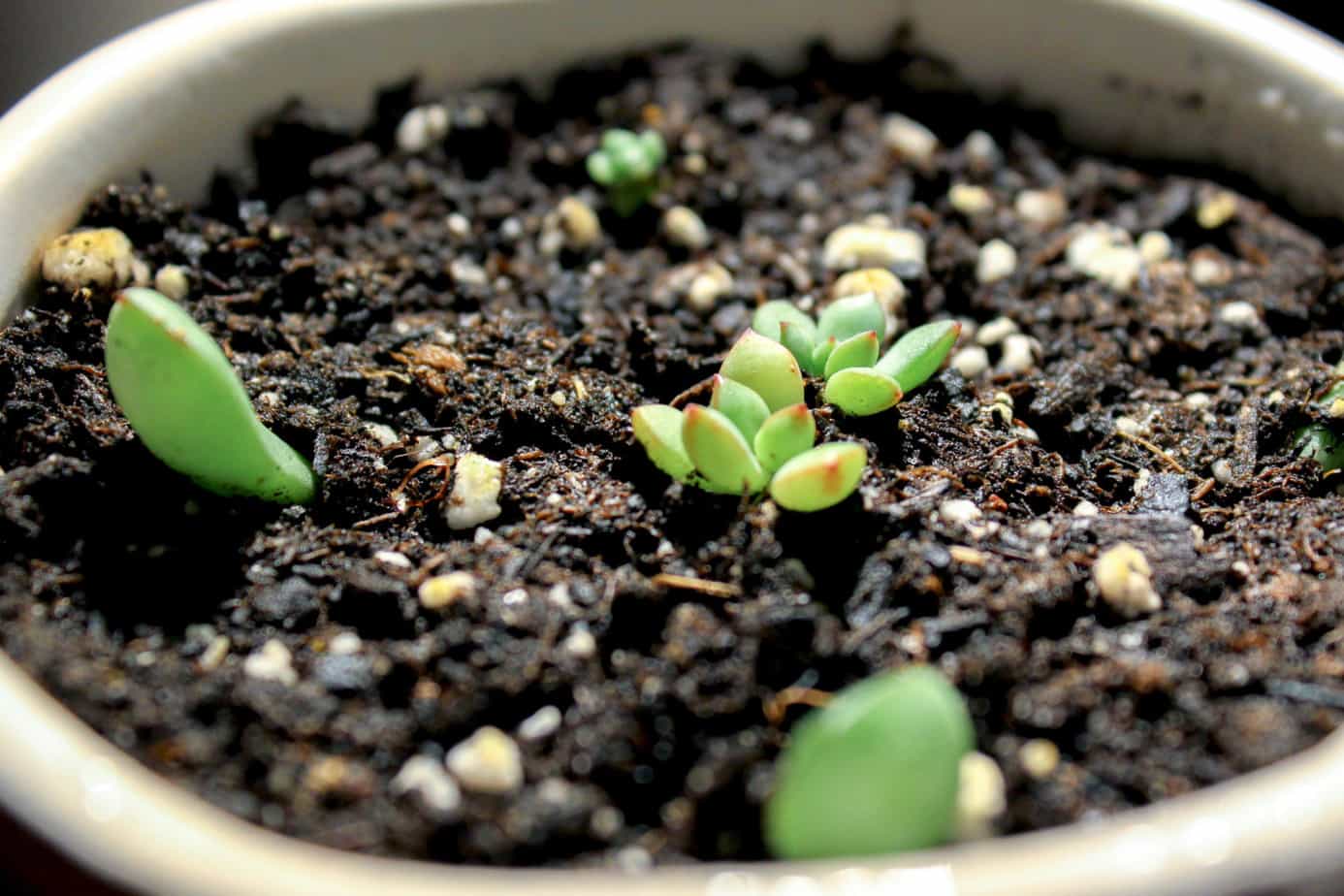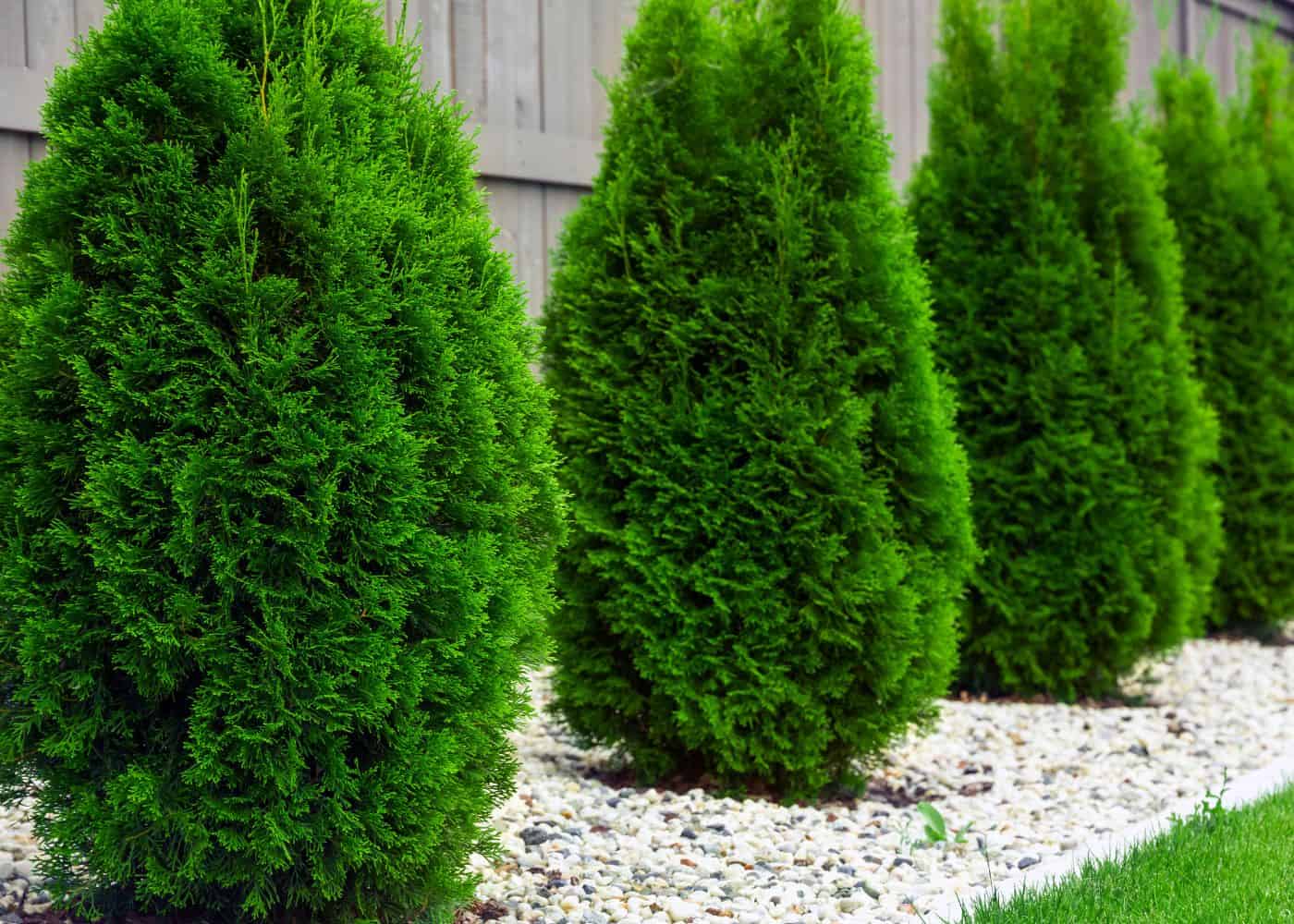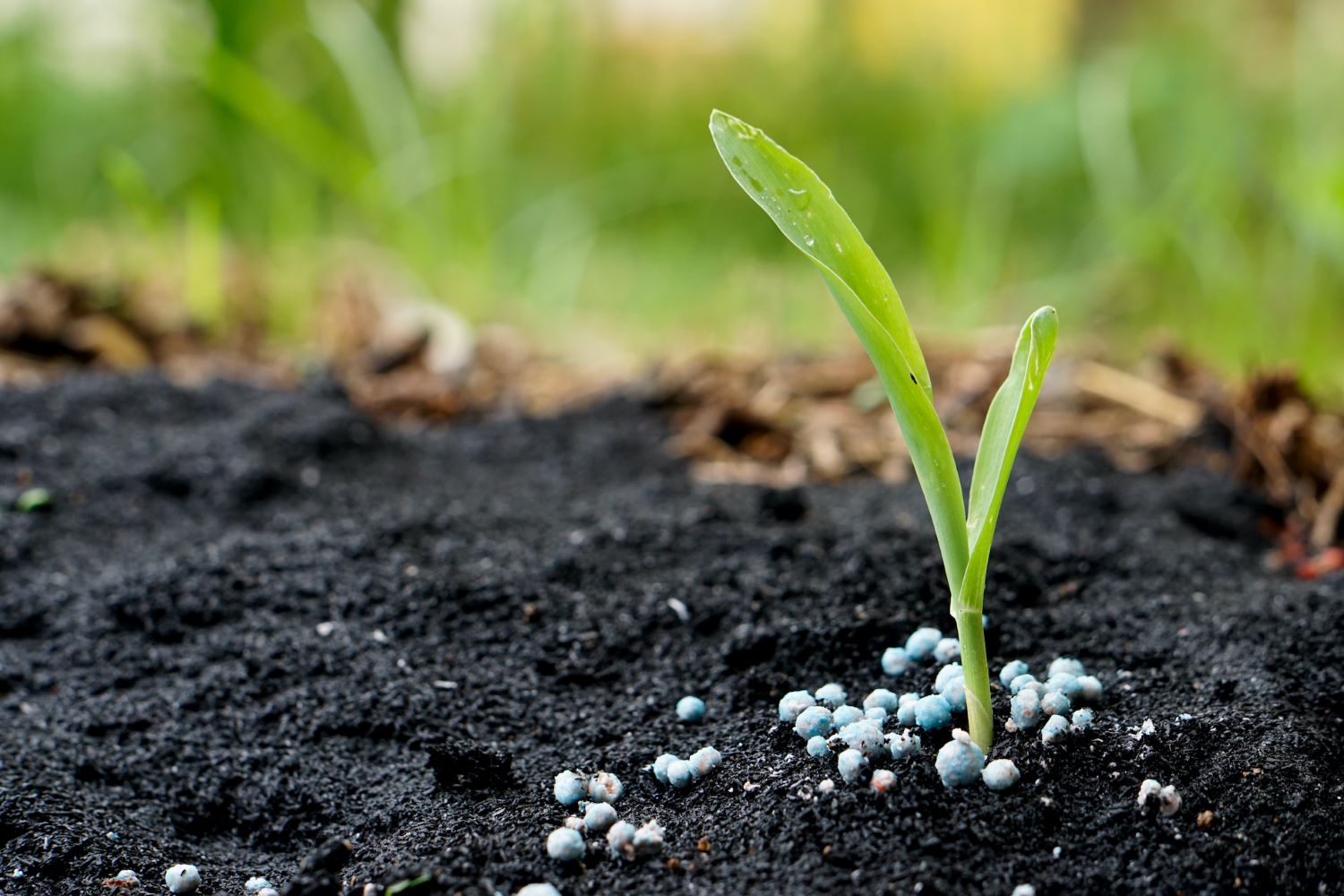Home>Gardening Basics>Getting Started>How Long Does It Take Vinegar To Kill Weeds


Getting Started
How Long Does It Take Vinegar To Kill Weeds
Modified: January 22, 2024
Learn how to kill weeds with vinegar and discover the time it takes for vinegar to eliminate weeds effectively. Getting started with weed control has never been easier!
(Many of the links in this article redirect to a specific reviewed product. Your purchase of these products through affiliate links helps to generate commission for Chicagolandgardening.com, at no extra cost. Learn more)
Table of Contents
Introduction
Understanding Vinegar as a Weed Killer
When it comes to maintaining a lush and vibrant garden, the presence of weeds can be a persistent nuisance. While there are numerous commercial weed killers available, many individuals are turning to natural and environmentally friendly alternatives. One such option that has gained popularity is vinegar, a common household item that possesses potent weed-killing properties.
Vinegar, a versatile liquid typically used in cooking and food preparation, contains acetic acid, which is the key component responsible for its weed-killing abilities. This natural substance disrupts the cellular structure of plants, leading to desiccation and ultimately, the demise of unwanted vegetation. Unlike synthetic herbicides, vinegar is biodegradable and poses minimal risk to the environment, making it an appealing choice for eco-conscious gardeners.
As the interest in organic gardening and sustainable practices continues to grow, understanding the efficacy of vinegar as a weed killer is crucial for those seeking effective and environmentally safe methods of weed control. In this comprehensive guide, we will delve into the science behind vinegar’s weed-killing properties, explore the factors that influence its effectiveness, and provide practical insights into its application and concentration for optimal weed control.
Understanding Vinegar as a Weed Killer
Vinegar, a pantry staple and culinary essential, has emerged as a popular natural alternative for weed control. Its effectiveness as a weed killer can be attributed to the presence of acetic acid, a compound that gives vinegar its distinct sour taste and potent properties. When used in higher concentrations, typically 5% or higher, acetic acid acts as a desiccant, drawing moisture out of plant tissues and causing them to wither and die.
It’s important to note that while household vinegar typically contains around 5% acetic acid, horticultural or agricultural vinegar, with concentrations of 20% or higher, is often recommended for more robust weed control. When applied to weeds, vinegar disrupts the cell membranes, leading to dehydration and ultimately killing the plant. This natural mode of action distinguishes vinegar from synthetic herbicides that rely on chemical translocation within the plant.
Furthermore, vinegar’s biodegradability and minimal environmental impact make it an attractive option for those seeking sustainable and eco-friendly weed control solutions. Unlike synthetic herbicides, vinegar breaks down rapidly in the environment, reducing the risk of soil and water contamination. Additionally, its non-selective nature allows for broad-spectrum weed control, targeting a wide range of invasive plant species.
While vinegar presents several advantages as a natural weed killer, it’s essential to understand its limitations. Vinegar-based herbicides are non-selective, meaning they can harm desirable plants if not applied with caution. Moreover, repeated applications may be necessary for perennial weeds or those with extensive root systems. By gaining a comprehensive understanding of vinegar’s weed-killing properties, gardeners can harness its potential while mitigating potential risks and maximizing its effectiveness in weed control.
Factors Affecting Vinegar’s Effectiveness on Weeds
Several factors influence the effectiveness of vinegar as a weed killer, shaping its performance and overall impact on weed control efforts. Understanding these variables is crucial for optimizing the use of vinegar in managing unwanted vegetation.
- Weed Species: The type of weed being targeted plays a significant role in vinegar’s effectiveness. While vinegar-based herbicides can effectively control many annual weeds and some perennial species, certain plants with extensive root systems or waxy coatings on their leaves may exhibit resilience to vinegar applications.
- Concentration of Acetic Acid: The concentration of acetic acid in the vinegar solution directly influences its weed-killing potency. Household vinegar typically contains 5% acetic acid, while horticultural vinegar, with concentrations of 20% or higher, is recommended for more robust weed control. Higher concentrations are generally more effective, especially when dealing with tougher weed species.
- Application Method: The manner in which vinegar is applied can impact its efficacy. Directly spraying the vinegar solution onto the foliage of weeds ensures thorough coverage and direct contact with the plant tissues, enhancing its desiccating effect. Care should be taken to avoid overspray onto desirable plants to prevent unintended damage.
- Weather Conditions: Environmental factors such as temperature and humidity can influence the performance of vinegar as a weed killer. Warmer temperatures generally enhance the effectiveness of vinegar-based herbicides, as the metabolic activity of plants is heightened, leading to increased uptake of acetic acid.
- Growth Stage of Weeds: The developmental stage of the targeted weeds can impact the success of vinegar applications. Young, actively growing weeds are more susceptible to vinegar’s desiccating effects, while mature or dormant plants may require repeated treatments for effective control.
By considering these factors and adapting vinegar application strategies to suit specific weed control needs, gardeners can harness the potential of vinegar as a natural and environmentally friendly solution for managing unwanted vegetation.
Application and Concentration of Vinegar for Weed Control
When utilizing vinegar as a weed control method, the application technique and the appropriate concentration of acetic acid are pivotal in achieving effective results while minimizing the impact on surrounding vegetation.
Concentration of Acetic Acid: The concentration of acetic acid in the vinegar solution significantly influences its weed-killing potential. Household vinegar, typically containing 5% acetic acid, is suitable for managing less resilient weeds and as a general-purpose herbicide. For more tenacious and established weed species, horticultural vinegar with concentrations of 20% or higher is recommended for enhanced efficacy. It’s essential to exercise caution and adhere to safety guidelines when handling higher concentration vinegar solutions due to their increased potency.
Application Methods: Several application methods can be employed to administer vinegar-based herbicides. Directly spraying the vinegar solution onto the foliage of weeds ensures thorough coverage and direct contact with the plant tissues, maximizing its desiccating effect. Care should be taken to avoid overspray onto desirable plants to prevent unintended damage. Alternatively, a targeted application using a spray bottle or a pump sprayer allows for precise and localized treatment, minimizing the risk of affecting nearby plants.
Precautions and Safety Measures: When working with vinegar as a weed killer, it’s essential to observe safety precautions to protect oneself and the surrounding environment. Wearing protective gear, such as gloves and eye protection, is advisable to prevent skin and eye irritation. Additionally, exercising caution to avoid inhaling the vinegar fumes and ensuring proper ventilation during application is crucial for personal safety.
Considerations for Selective Weed Control: Given vinegar’s non-selective nature, it’s vital to exercise care when applying it in areas with desirable plants. Shielding desirable vegetation during application or utilizing a shield to prevent overspray can help safeguard valued plants from unintended damage while targeting the unwanted weeds effectively.
By understanding the appropriate concentrations of acetic acid, employing precise application methods, and adhering to safety measures, gardeners can harness the potential of vinegar as a natural and environmentally friendly solution for weed control, effectively managing unwanted vegetation while promoting a healthy and sustainable garden environment.
Time Frame for Vinegar to Kill Weeds
The time frame for vinegar to effectively kill weeds varies depending on several factors, including the weed species, its growth stage, environmental conditions, and the concentration of acetic acid in the vinegar solution. Understanding these variables is crucial for gauging the expected timeline for weed control and optimizing the application of vinegar-based herbicides.
Immediate Effects: Upon application, vinegar begins to exhibit its weed-killing properties, particularly on young and actively growing weeds. The desiccating action of acetic acid disrupts the cellular structure of the plant, leading to visible wilting and browning of the foliage within hours of treatment. This rapid onset of visible effects is particularly pronounced when using higher concentration vinegar solutions on susceptible weed species.
Complete Weed Control: Achieving complete weed control through vinegar applications typically requires multiple treatments, especially for perennial or well-established weed species. While initial applications may cause visible damage and wilting, subsequent treatments may be necessary to fully eradicate the weeds, particularly those with extensive root systems or resilient growth habits. Consistent and targeted application over time is key to achieving comprehensive weed control using vinegar-based herbicides.
Environmental Factors: The prevailing weather conditions play a significant role in the time frame for vinegar to kill weeds. Warmer temperatures generally expedite the desiccating effects of vinegar, as the metabolic activity of plants is heightened, leading to increased uptake of acetic acid. In contrast, cooler temperatures may slow down the weed-killing process, necessitating additional treatments for effective control.
Weed Growth Stage: The developmental stage of the targeted weeds influences the time frame for vinegar to effectively kill them. Young, actively growing weeds are more susceptible to vinegar’s desiccating effects, displaying rapid wilting and damage. In contrast, mature or dormant weeds may require prolonged and repeated treatments to achieve comprehensive control, as their resilience and established root systems can impede the efficacy of vinegar-based herbicides.
By considering these factors and adapting the application of vinegar to suit the specific weed control needs, gardeners can gauge the anticipated time frame for weed control and optimize their approach to effectively manage unwanted vegetation using vinegar as a natural and environmentally friendly solution.
Precautions and Considerations for Using Vinegar as a Weed Killer
While vinegar serves as a natural and environmentally friendly alternative for weed control, it is essential to observe precautions and considerations to ensure safe and effective use, minimize unintended impacts, and promote responsible application practices.
Protective Gear: When handling vinegar-based herbicides, it is advisable to wear protective gear, including gloves, eye protection, and appropriate clothing, to prevent skin and eye irritation. This is particularly important when working with higher concentration vinegar solutions, as they possess increased potency and may pose greater risks upon contact.
Application Techniques: Careful consideration of the application methods is crucial to avoid unintended damage to desirable plants. Shielding or covering valued vegetation during vinegar application, or employing targeted application techniques, can help minimize the risk of overspray and protect surrounding plants from the desiccating effects of vinegar.
Environmental Impact: While vinegar is biodegradable and poses minimal risk to the environment compared to synthetic herbicides, it is important to be mindful of its potential impact. Avoiding excessive runoff into water bodies and considering the proximity of treated areas to sensitive ecosystems can help mitigate any unintended environmental consequences.
Residual Effects: Unlike some synthetic herbicides, vinegar does not typically leave long-lasting residual effects in the soil. However, caution should be exercised when applying vinegar in areas where desirable plants are growing, as its non-selective nature can lead to unintended damage if not used judiciously.
Regulatory Compliance: It is important to be aware of any local regulations or restrictions pertaining to the use of vinegar-based herbicides for weed control. Some jurisdictions may have guidelines regarding the permissible concentrations of acetic acid or specific application practices to ensure responsible and safe use.
Storage and Disposal: Proper storage of vinegar-based herbicides, particularly those with higher acetic acid concentrations, is essential to prevent accidental exposure and maintain their efficacy. Additionally, adhering to appropriate disposal practices for unused solutions and containers is crucial for minimizing environmental impact and ensuring responsible waste management.
By adhering to these precautions and considerations, gardeners can harness the potential of vinegar as a natural and environmentally friendly solution for weed control while promoting safe, responsible, and effective application practices.
Conclusion
As gardeners increasingly seek natural and environmentally friendly alternatives for weed control, vinegar has emerged as a compelling option, harnessing its potent weed-killing properties while minimizing environmental impact. Understanding the science behind vinegar’s efficacy as a weed killer, the factors influencing its effectiveness, and the appropriate application and concentration methods is crucial for optimizing its use in managing unwanted vegetation.
Vinegar, with its acetic acid content, disrupts the cellular structure of plants, leading to desiccation and eventual weed control. The concentration of acetic acid, application techniques, and environmental factors play pivotal roles in shaping the time frame for vinegar to effectively kill weeds, necessitating strategic and judicious application practices. Moreover, observing precautions and considerations, such as wearing protective gear, minimizing environmental impact, and adhering to regulatory guidelines, is essential for safe, responsible, and effective use of vinegar-based herbicides.
By integrating these insights into their weed control strategies, gardeners can leverage vinegar as a natural and sustainable solution, promoting a healthy and environmentally conscious approach to maintaining vibrant gardens and landscapes. As the demand for eco-friendly practices continues to rise, the versatile and effective nature of vinegar as a weed killer positions it as a valuable tool for sustainable weed management, aligning with the principles of organic gardening and environmental stewardship.
Ultimately, by embracing the potential of vinegar as a weed killer and adopting best practices for its application, gardeners can achieve effective weed control while contributing to a greener and more sustainable horticultural landscape.
